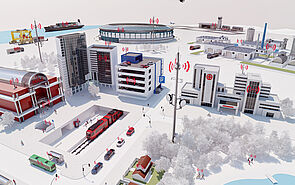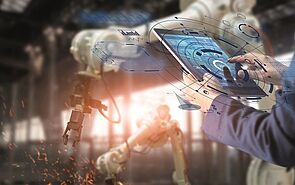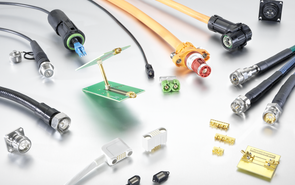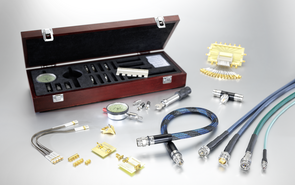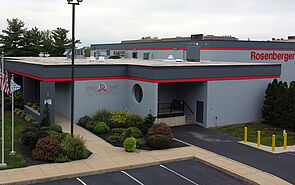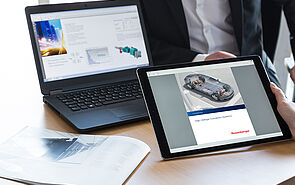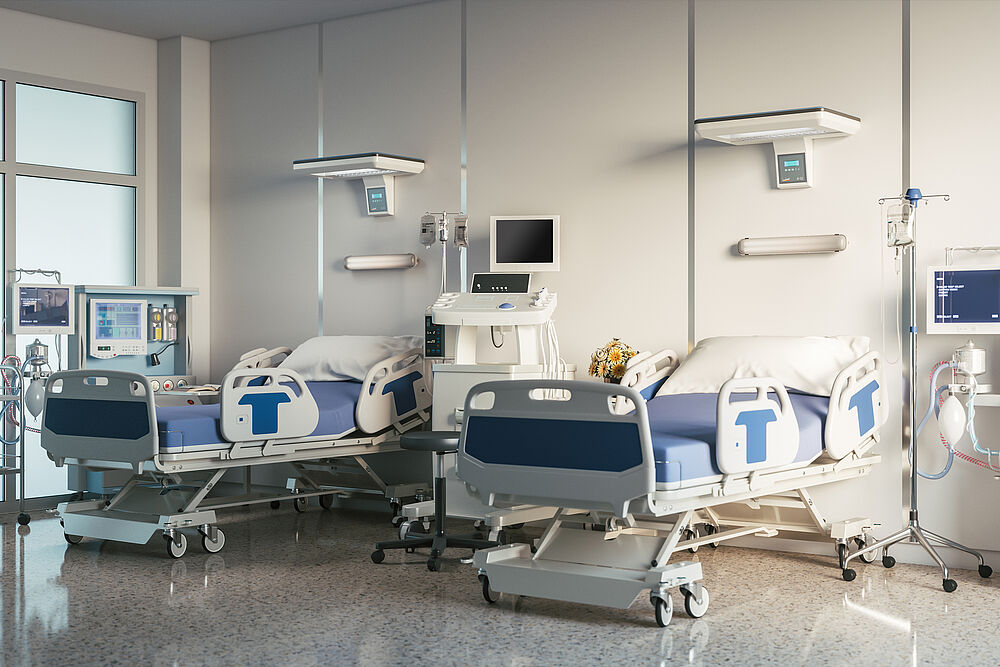The Future of Emergency Room Healthcare Technology Hardware Lies with Innovation
Emergency rooms are the frontline of healthcare, where critical decisions are made and life-saving interventions occur in a rapid and high-pressure environment. As technology continues to evolve at breakneck speed, the ER is ripe for innovation, with hardware advancements playing a pivotal role in shaping the future of emergency care. Gone are the days of bulky, cumbersome equipment. The future of ER hardware lies in portability and miniaturization. Handheld ultrasound devices, for example, are already revolutionizing point-of-care diagnostics, allowing clinicians to perform real-time imaging at the bedside, even in resource-limited settings.
Harnessing the Power of AI and Machine Learning
Artificial intelligence (AI) and machine learning (ML) are on the cusp of revolutionizing the ER landscape. Imagine AI algorithms analyzing real-time patient data, from vital signs to medical images, to identify potential complications and predict patient outcomes with remarkable accuracy. This could lead to earlier diagnoses, targeted interventions, and ultimately, improved patient survival rates.
Robotic surgery systems are already making waves in the operating room, and their applications are extending to the ER. Imagine robots assisting with delicate procedures, such as suturing wounds or performing minimally invasive surgeries. Wearable biosensors that continuously monitor vital signs and transmit data wirelessly to healthcare professionals could revolutionize early detection and intervention for critical conditions.
Interoperability and Connectivity
The future of ER hardware hinges on seamless interoperability and connectivity between devices drastically improving patient care, providing more accurate diagnosis, and eliminate potential delays in treatment. By embracing AI, miniaturization, and other cutting-edge technologies, we can create a future where ERs are faster, smarter, and more efficient, ultimately leading to improved patient care and outcomes. In this rapidly evolving landscape, it is critical to remain open to change, invest in innovation, and address emerging challenges head-on to ensure that the ER remains a beacon of hope and healing for generations to come.
Rosenberger is leading the industry by CONNECTING TECHNOLOGIES and strives for innovation. As part of our core values, making a positive impact of humanity, Rosenberger is commited to helping make significant improvements in the way we deliver critical care. Technology continues to evolve and we can expect to see even more advancements in this field that will revolutionize how emergency care is delivered, looking forward to a future where emergency room care is faster, smarter, and more efficient, connecting technologies and improving lives.


